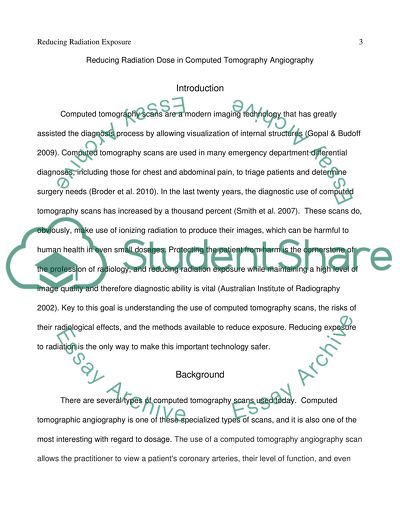Cite this document
(“Reducing Radiation Exposure in Computed Tomography Angiography Dissertation”, n.d.)
Retrieved from https://studentshare.org/medical-science/1413890-reducing-radiation-exposure-in-computed-tomography-angiography
Retrieved from https://studentshare.org/medical-science/1413890-reducing-radiation-exposure-in-computed-tomography-angiography
(Reducing Radiation Exposure in Computed Tomography Angiography Dissertation)
https://studentshare.org/medical-science/1413890-reducing-radiation-exposure-in-computed-tomography-angiography.
https://studentshare.org/medical-science/1413890-reducing-radiation-exposure-in-computed-tomography-angiography.
“Reducing Radiation Exposure in Computed Tomography Angiography Dissertation”, n.d. https://studentshare.org/medical-science/1413890-reducing-radiation-exposure-in-computed-tomography-angiography.


